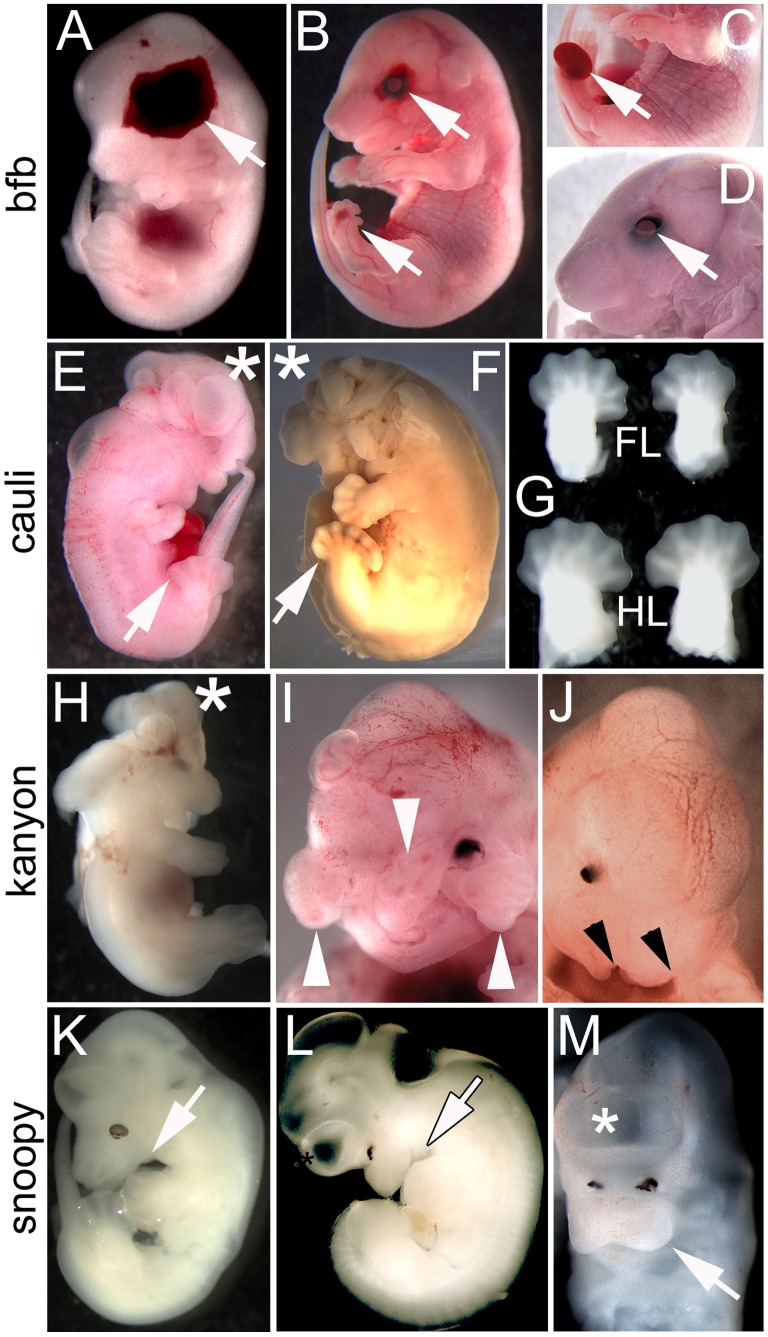Figure 2. Craniofacial and skeletal mutants.
(A–D) 11BC-5 (blood filled blisters; bfb), (E–G) 11BC-3 (cauli), (H–J) 12WT-49 (kanyon), (K–M) 12WT-9 (snoopy). bfb mutant at E13.5 (A) and E18.5 (B–D) exhibiting characteristic haemorrhagic blisters over the eye, side of the head and feet (arrows). The foot blisters can be discrete or distended as in (C) but are typically associated with digit malformations including polydactyly. The blisters over the eye are commonly associated with open eyelids (D). Cauli embryos at (E) E13.5 and (F) E16.5 present with exencephaly (asterisk) and polydactyly (arrow). (G) Fore- (FL) and hindlimbs (HL) of an E13.5 cauli embryo illustrating the variable autopod phenotype in the forelimbs. Kanyon embryos (H-J) frequently present with exencephaly (H, asterisk) and midfacial clefts. Clefts may result from a defect of frontonasal process development such that the maxillary and frontonasal processes (arrowheads) completely fail to fuse (I) or may present as bilateral cleft lip and palate (J) in mild cases. Regardless of the severity of the facial cleft, the eyes never develop normally (I, J). Snoopy embryos (K-M) present with forebrain malformation, poor eye development and mandibular hypoplasia/agnathia (arrow). (L, M) The forebrain often fails to divide into two vesicles (asterisk) and is associated with various degrees of hypotelorism (M).

